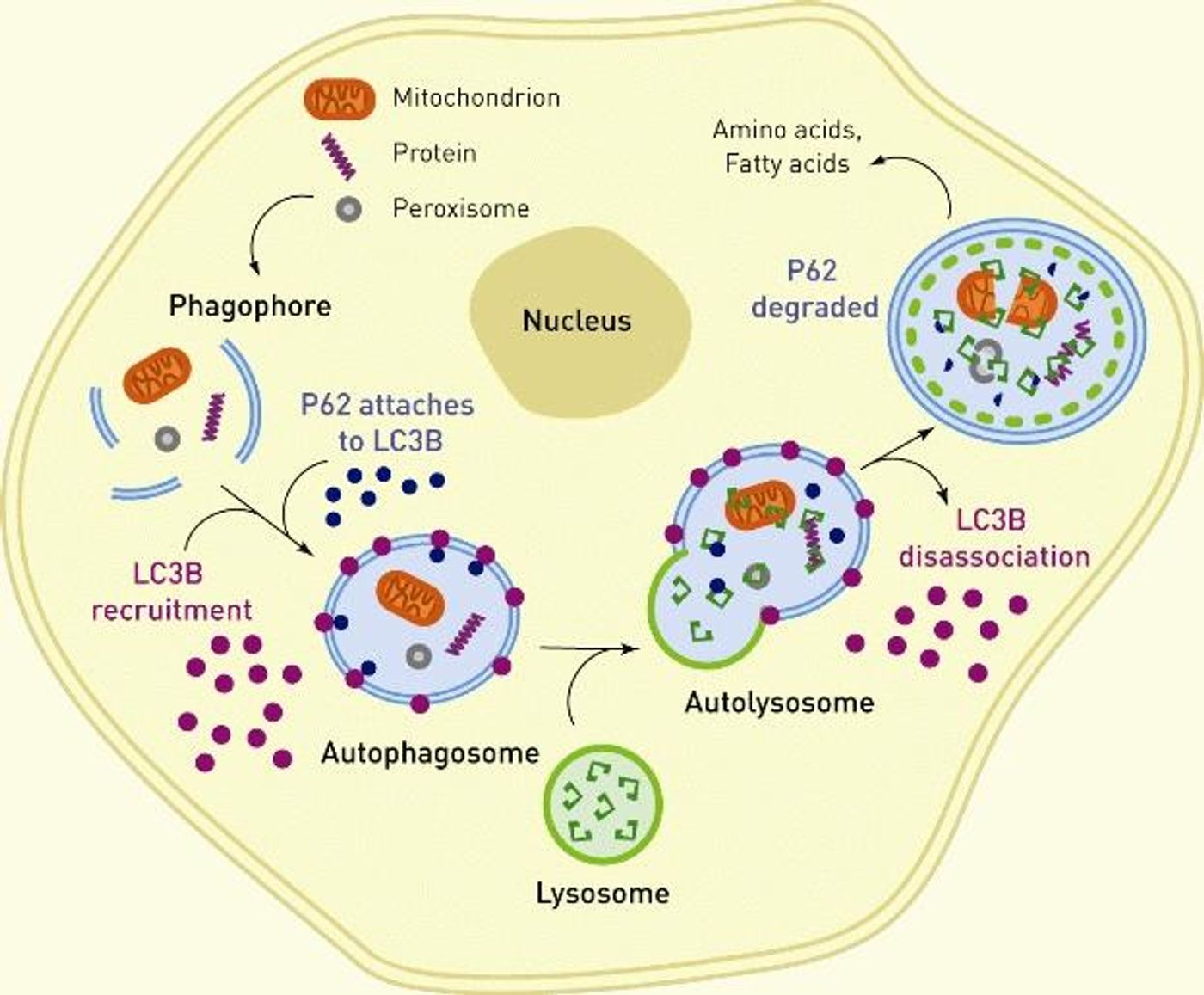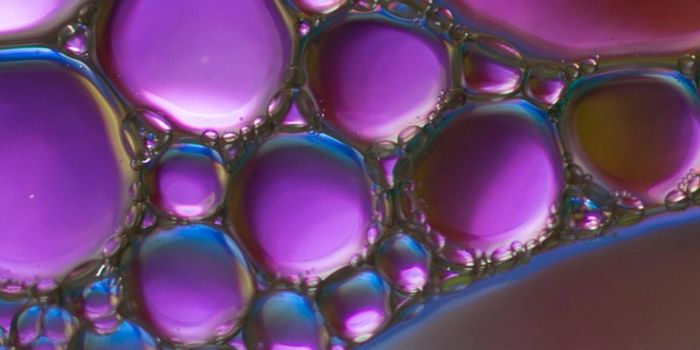A new discovery was made in the world of atherosclerosis research. Malfunction of macrophage lysosomes, known for their breakdown of waste delivered to them by protein p62, has been identified in mouse models of atherosclerosis.
In addition to plaque buildup, immune cells also experience a danger accumulation of cells as atherosclerosis develops. When blood flow is restricted by plaque formation in blood vessels, macrophages are sent to clear the blockage. However, arrival of these immune cells could intensify the condition if the lysosomes are dysfunctional or p62 is missing.
Without proper clearance of waste by lysosomes through p62, proteins and waste build up inside the macrophages, rendering them essentially useless. As more macrophages become “out-of-service,” more are sent to fix the growing problem. Senior author Babak Razani, MD, PhD, puts it like this:
"The macrophage is like a firefighter going into a burning building. But in this case, the firefighter is overcome by the conditions. So another firefighter goes in to save the first and is likewise overcome. And another goes in, and the process continues to build on itself and worsen."
The new study, conducted by scientists from Washington University of Medicine in St. Louis and published in
Science Signaling, was the first to indicate the role of dysfunctional lysosomes or missing p62 in cases of atherosclerosis.
Razani and his team studied the role of lysosome waste removal and p62 function in cases of atherosclerosis by inducing atherosclerosis in mice cells. When the lysosomes could not adequately deal with the waste brought to them for removal, p62 proteins and waste accumulated in the cell.
Cases of atherosclerosis were even worse when p62 was missing altogether. Razani describes this occurrence like this:
“You can imagine a situation where lots of trash is being generated and see that it would be better to keep it all in one place, rather than have it strewn across the floor. You might have difficulty removing the trash to the dumpster, but at least it's contained."
After further analysis, p62 buildup was also seen in human atherosclerosis patient samples.
Dangerous cell accumulation is not unique to atherosclerosis pathology. Neurodegenerative diseases like Alzheimer’s stem from an aggregation of cells like amyloid beta and tau. Razani and his team plan to continue their studies of atherosclerosis with the hopes that fixing the “waste-disposal system” of p62 proteins and lysosomes to naturally remove aggregates will be more effective than trying to prevent the buildup from happening.
Source:
Washington University School of Medicine









